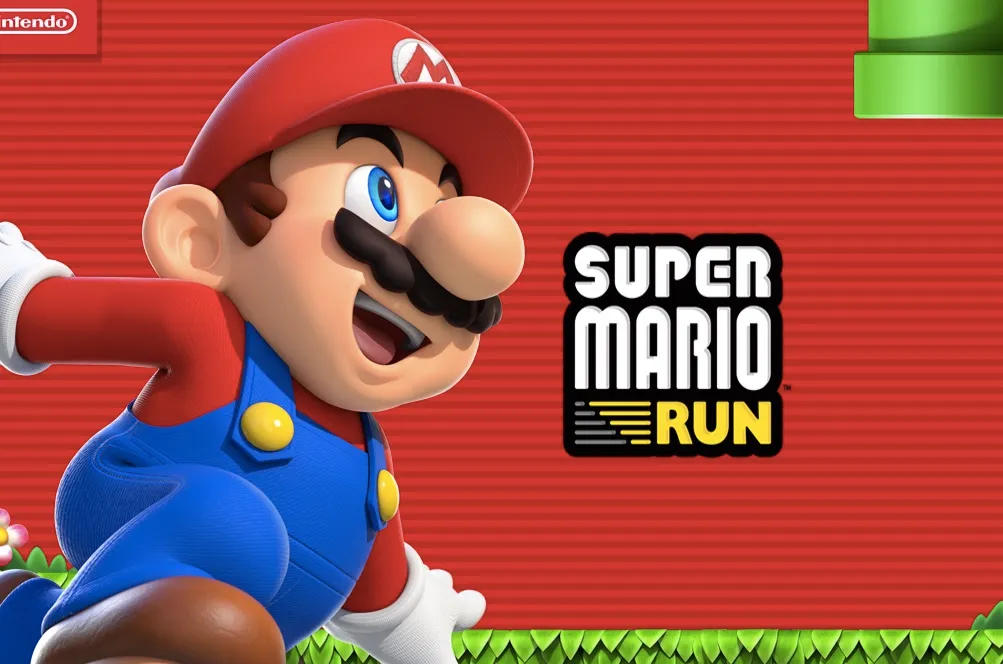Super Mario Run—finally out on Android after initial iOS exclusivity—was a bit of an outlier in the world of mobile games not just for being the first real Nintendo game on smartphones, but because the full game was offered for a (relatively) high $10, rather than making money off of pay-as-you-go micro-transactions. That didn’t work out as well as Nintendo expected, but they’re not ready to adopt the reviled “freemium” business model just yet.
Nintendo did offer the game’s first few levels to players for free in order to get them to pay up for the full game, but not only did they then ask people to pay $10 up front to play the rest, but it seems most players didn’t. Though the game saw tons of downloads, only about five percent of those users actually went on to purchase the game. Out of tens of millions of players, that’s still a good number—especially considering that the game is a more limited offering than a console title and likely much cheaper to develop—but it didn’t meet the company’s expectations.
It did apparently make enough money to convince Nintendo that the one-time pricing model is still the way to go for most mobile games, as Nintendo President Tatsumi Kimishima told Nikkei. He said that the company’s freemium-style Fire Emblem Heroes is an “outlier” and that they prefer the Mario Run model. It’s nice to hear that they won’t be swayed in their plans by the lure of dollar signs, but it’s also hard to know what lesson they’ll take away from Mario Run, since they’re not about to stop caring about profits altogether, either.
If we’re lucky, the lesson will be that Mario Run just wasn’t a full enough experience to warrant its price tag, and future mobile games from Nintendo won’t disappoint in some of the strange ways this one did. Even when the full version was purchased, Mario Run frustrated players with a requirement for them to be connected to the Internet to play, a weird multiplayer mode that wasn’t actually a multiplayer mode, and then an almost real multiplayer mode that could only be played a certain number of times per day … for no discernible reason.
Lowering the up-front cost of future games could also be an option, but as much as I thought $10 was too much for Mario Run, I’d rather be convinced—through good design—that a game is worth $10 than get something flawed for a few dollars less. Freemium makes money, but it’s not exactly beloved among players, and there’s room for Nintendo to demonstrate it’s not necessarily the way to do business on mobile with a game that justifies its own price tag. I hope that’s how they see it going forward, too.
(via Polygon, image via Nintendo)
—The Mary Sue has a strict comment policy that forbids, but is not limited to, personal insults toward anyone, hate speech, and trolling.—
Follow The Mary Sue on Twitter, Facebook, Tumblr, Pinterest, & Google+.









Published: Mar 24, 2017 6:38 PM UTC